Today we hit the road at 7 AM for Jerusalem, which will be our home base for the rest of our trip. On the way we stopped to see three important sites associated with the life of Jesus. But first we stopped at a souvenir shop in Bethlehem that specializes in religious figures and scenes carved from olive tree wood. This shop is favored because it is owned and run by Palestinians in the West Bank who are Christian and known to be honest in their dealings with tourists.
Jesus was, of course, born in Bethlehem, his father’s hometown and hence the place he had to go to be counted by order of Caesar Augustus. That meant Joseph and pregnant Mary had to (according to Luke) travel from Nazareth to Bethlehem. It took us 2.5 hours by bus over some pretty hilly terrain, following the Jordan River valley, so the trip wasn’t easy on foot and donkey.
The Church of the Nativity is built on top of the cave (not a stable like we all learned about in Sunday School) and is the oldest original church in the Holy Land. Constantine the Great commissioned the church shortly after he adopted Christianity and after his mother visited the Holy Lands in 325 CE. It was burned down but rebuilt by Justinian in 529. The Persians and Muslims respected the church and didn’t destroy it as they did other churches. The crusading knights enhanced it during their stay in Jerusalem . The Armenian Apostolic, Greek Orthodox and Roman Catholic churches have all contributed and today have joint oversight of the church. Abraham, our tour guide, is a member of this the Church of the Nativity.
As with most religious sites, it cannot be said for certain that the cave beneath the Church of the Nativity is the exact cave where Jesus was born. But this site was first mentioned as the correct location in the second century, or within less than 200 years after the birth of Jesus, so it has good claim to the honor.
Second stop: the Shepard’s’ Field, the place where the Angel Gabriel visited shepherds in a nearby field to tell them, “”today in the City of David a Savior has been born to you; he is the Messiah, the Lord.” There’s a church there, built in 1951-52 by the Franciscans. Archeological exploration found caves that could have been occupied by shepherds in the first century and on that basis the site was deemed to be where Gabriel appeared. There are other caves within a mile that are more likely candidates.
We next traveled to Bethany, a few miles from Bethlehem, where the tomb of Lazarus, according to tradition, is found. Again, there’s a church. The original Christian church as mentioned by Egeria and others in the fourth and fifth centuries. A mosque was built in the sixteenth century. The Franciscans built a Roman Catholic church in the 1950s and a Greek Orthodox put one up in 1965.
We were able to descend 24 rather steep and slippery steps to an antechamber perhaps 15×12 feet. From there one descends another step or two and navigates crouched down to the actual burial chamber, which is half the size of the antechamber. It is here that the casket would be placed.
Scholars say that this is most certainly not the original tomb where Lazarus was buried and where Jesus raised him from the dead. But it is likely that Lazarus was buried in a similar cave within a mile or so of this location.
As before, the significance of these sites is not their historical accuracy. They serve as a reminder of the events in Jesus’s life as told in the Gospels. Our guides urged us to look beyond the annoying crowds and not worry about taking pictures but rather to reflect on the meaning of the events these sites remind us of.
Equally interesting was Abraham’s description of conditions in the occupied West Bank territory. Abraham is a Christian Palestinian, resident of Bethlehem in the West Bank. He is quite critical of the government of Israel’s treatment of Palestinians in several regards:
- Since the 1967 war, the West Bank, Gaza Strip and Golan Heights have been under the control of Israel. The Israeli government and the Palestinian Authority nominally share administrative responsibility, but Israel has the ultimate and often arbitrary say.
- The Palestinian Authority has no control of its borders. Palestinians like Abraham have passports that allow passage to only Jordan. He must apply for a visa to go elsewhere. Visas are issued by the Israeli government at their whim.
- Trade, both imports and exports, across the Occupied Territory boarders is regulated by Israel. This greatly limits Palestinians from developing export business within the Territory and limits their ability to obtain goods needed within the territory.
- Israel collects taxes on behalf of the PA, charging 3% for their services. But, the Israelis retain the funds to balance Israel’s budget even though the tax revenues belong to the Palestinians.
- The Israelis exercise control over water allocated to the Territories. Israelis get a lot of water; Palestinians very little.
- Palestinian like Abraham to move from, say, Bethlehem to Ramallah or Bethany must cross several checkpoints where passage is again at the whim of Israeli boarder guards, many of whom are teenagers.
- Kubutzes and other Israeli settlements within the Occupied Territories makes a two-state solution difficult or impossible. He pointed to an upscale Jewish neighborhood near within the West Bank near Bethlehem with 45,000 residents. “It’s like two people negotiating how to divide a cake. One party starts eating the cake before negotiations begin. How can you divide a cake that’s already been eaten?”
- Israel justifies its policies to other countries, particularly the U.S., by pointing to God’s designation of Jews as the chosen peoples, giving them the promised land. They also point out the suffering of Jews in the Holocaust.
Despite the seeming hopelessness of the Palestinian position, Abraham remains hopeful. “Who would have predicted the fall of the Berlin Wall or the collapse of the Soviet Union? Anything can change in a short period of time.”
Tomorrow, we’re going to float in the Dead Sea.







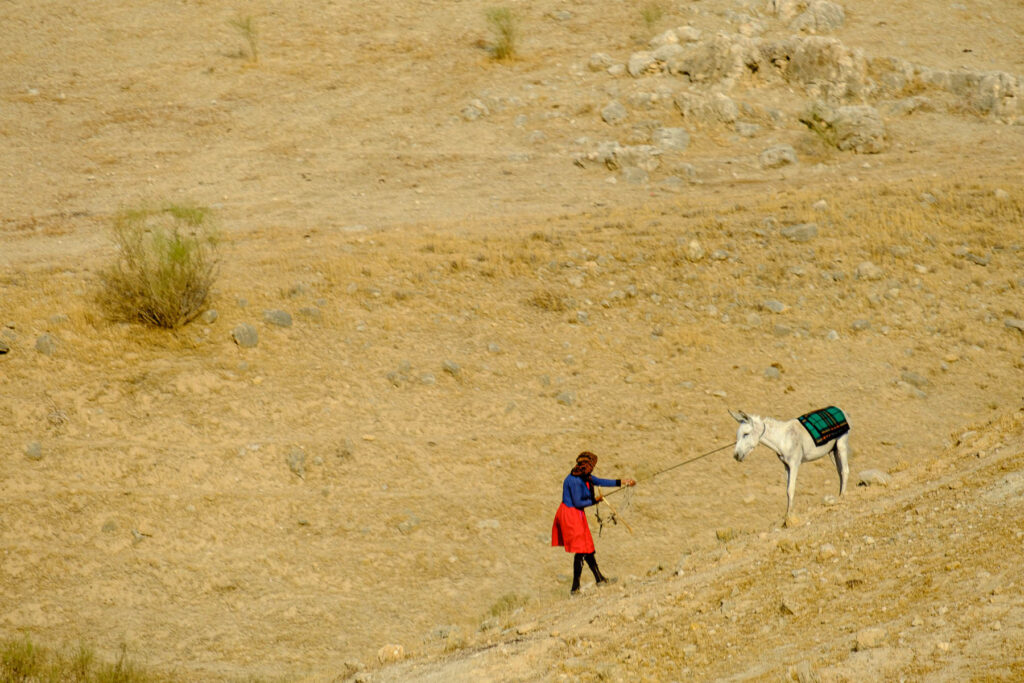















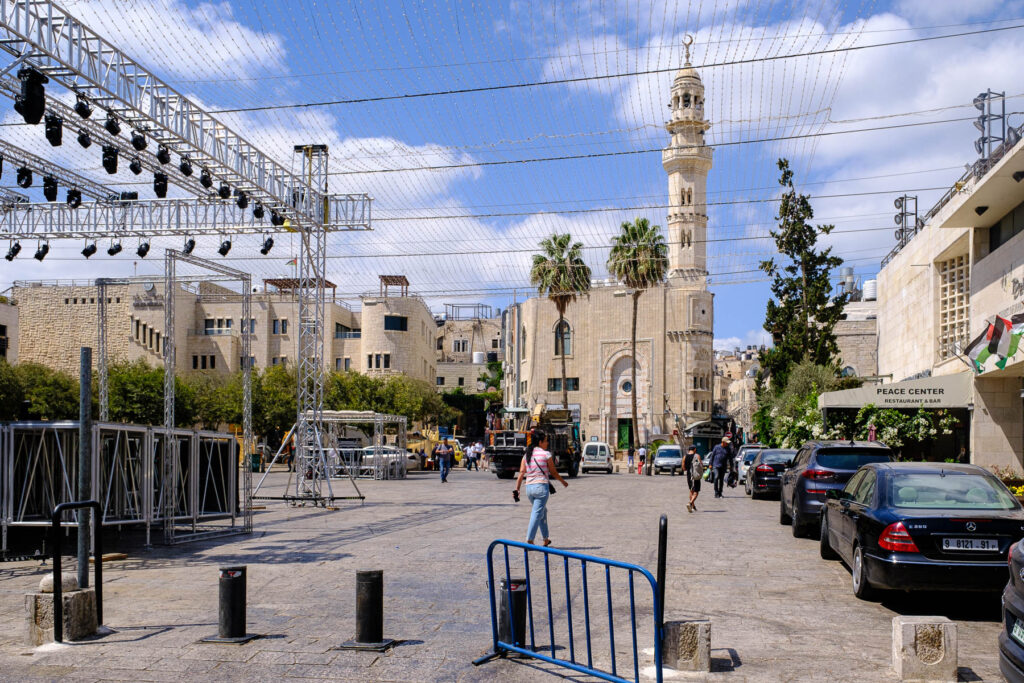









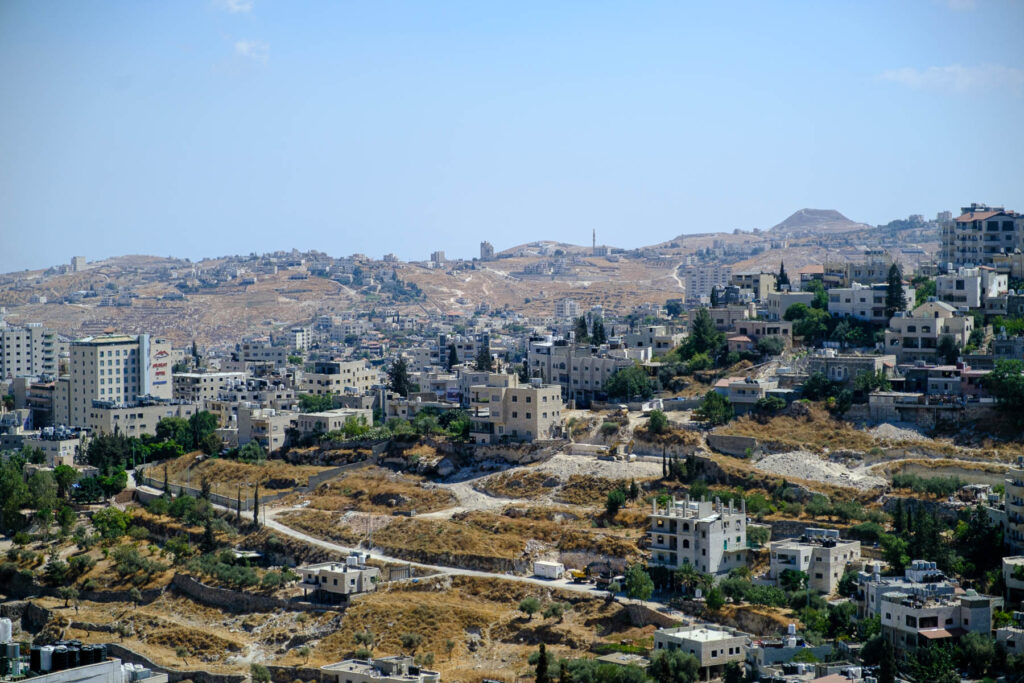


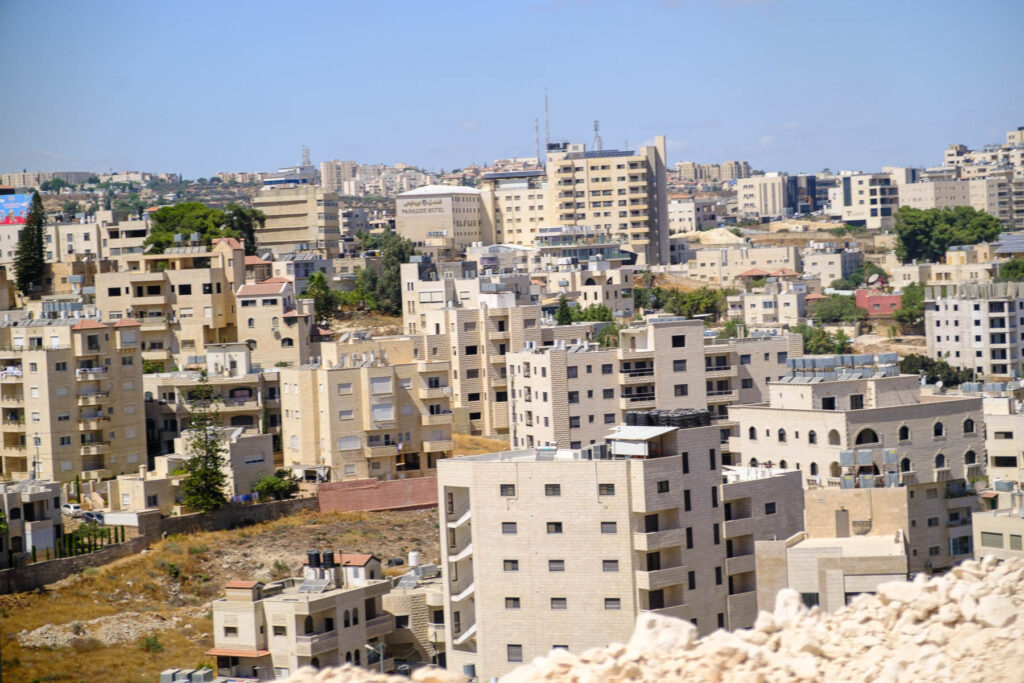































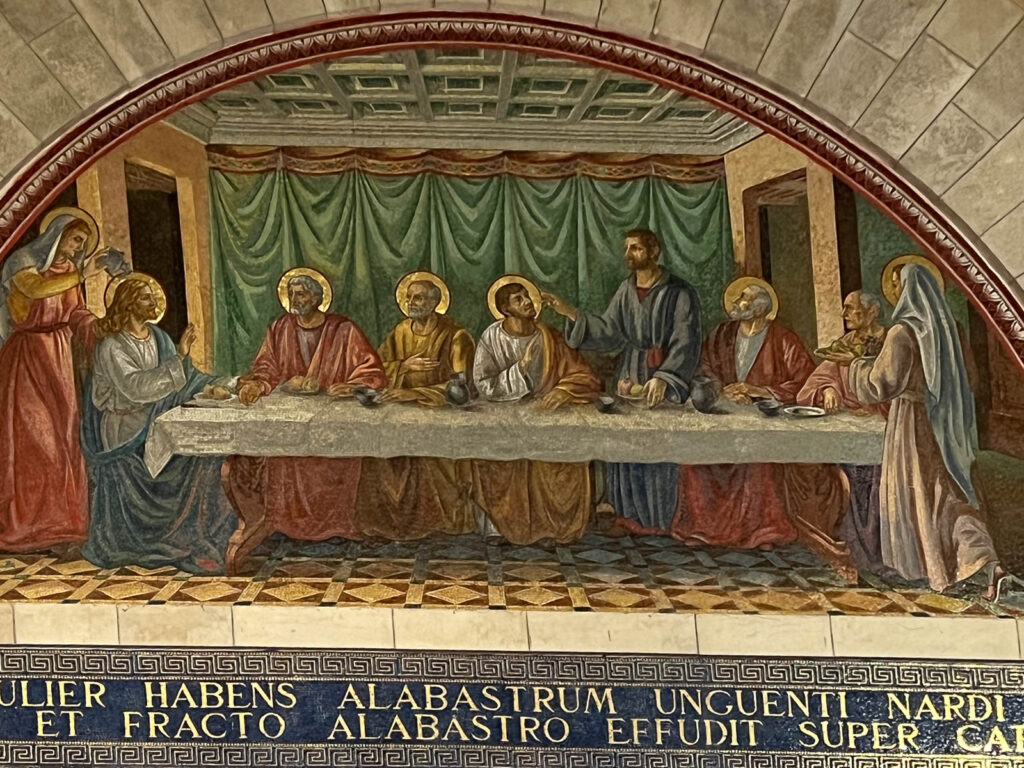




Hi again. In this report ,containing beautiful pictures , I am not able to enlarge them.
I wonder if anybody else had the same problem. It never occurred to me with the previous texts.
As always very interesting writing ✍️ about country l only know from the history and the news.
As always sending best regards to you both, wishing you further great impressions from this excursion.
I’m sorry you’re having problems, Hala. I’ll look into it and see if I can find out what I wrong. It’s always good to hear from you!
I think I fixed it. Try it and see!